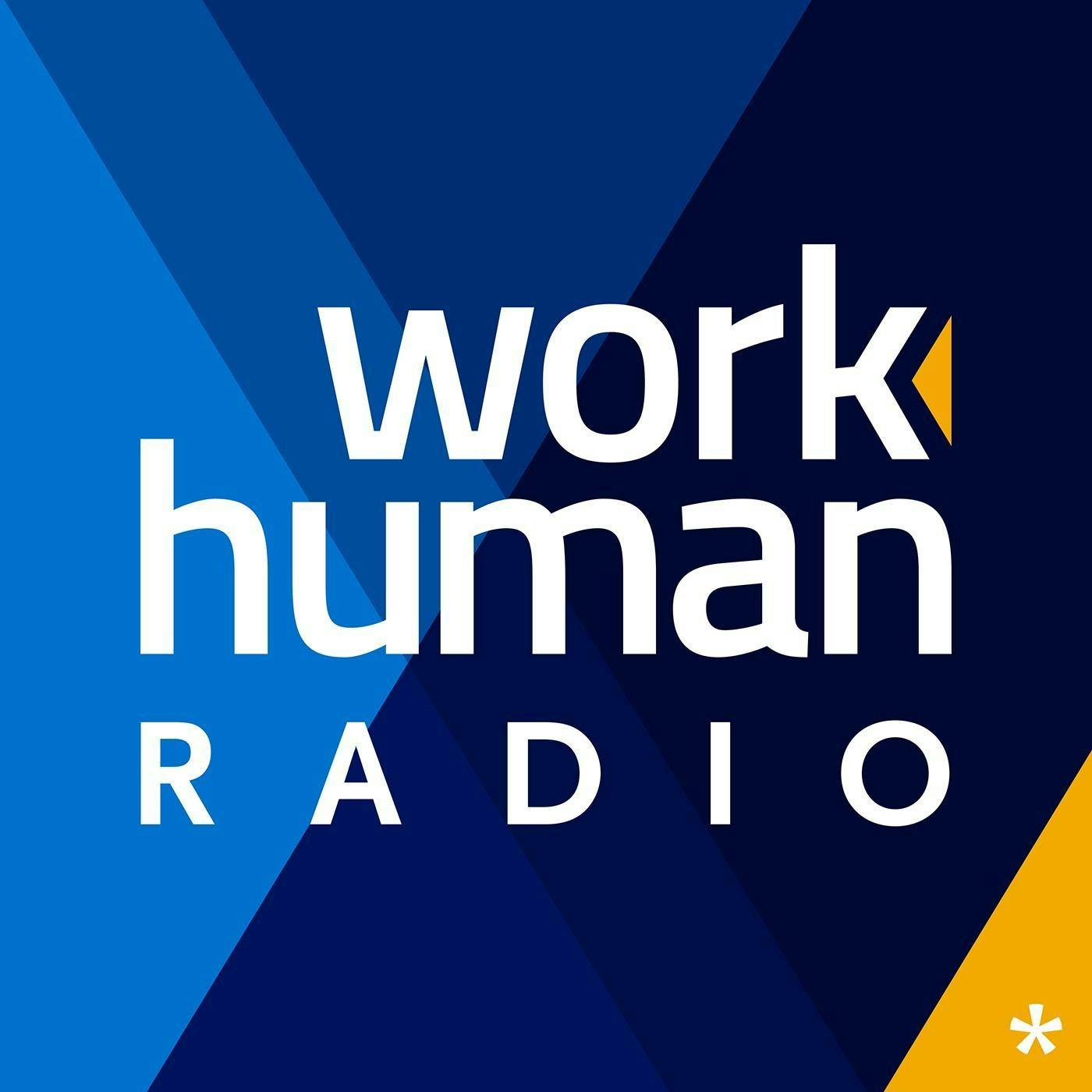Using Data to Drive Business Decisions with Greg Stevens and Madison Beard

b'Todd Schnick and Mike Wood chat with researchers Greg Stevens and Madison Beard about how companies can use data to make better business decisions. Greg is Analytics Manager at Workhuman Analytics and Research Institute. His research focuses on converting data into insights that managers and HR leaders can use to make organizations better. Madison is the Lead Data Scientist and Researcher at Cisco. The Analytics and Research team she leads studies what makes teams and leaders great at Cisco and leverages data to answer relevant, simple and actionable business problems for the company.\\nAn Interdisciplinary ApproachMadison\\u2019s team members have various skill sets. The interdisciplinary approach combines quantitative and qualitative data to not only analyze what\\u2019s going on at Cisco, but also how people feel and what they are saying about it. Madison points out that her team owns just one piece of the data puzzle; they combine data sources from many stakeholders within the company to answer business problems such as attrition.\\nStart With WhyGreg says that finding early stakeholder engagement is key. It\\u2019s important to know what is the burning question you want to answer with the data, because it\\u2019s tempting to want to look at everything. Start with the Why and let that guide your mobilization of resources, Greg advises. Madison adds that you need to make good decisions about how to spend finite resources to make the biggest impact. Also, make sure that you have the sources of data to answer the questions you have.\\nGoing FishingOne of the two modes of research Greg and his team uses is Hypothesis Generation. They don\\u2019t know which question to ask, but they know which area to look in. This exploratory nature of analytics leads to flashes of insight, he says. Madison calls this type of research going fishing. She says you go fishing expecting a salmon, and sometimes you catch a flounder. The questions you ask when you find these happy surprises may lead you to present your insights in different ways and to a different audience.\\nLeveraging the DataEach company is at a different point in how they use analytics. Some companies like Cisco have their own advanced infrastructure and teams in place, while other companies partner with other businesses to carry out the analytics function. Greg applauds the democratization of data: it\\u2019s easier than ever for any company to have access to resources. Madison says that leveraging data starts with data fluency. You must understand the difference between good and bad data, the business context as well as how to support leaders in making the right decisions using the data. It\\u2019s possible to leverage data even in small companies. There is a lot of insight in small data, Greg says. Just start where you are: your resources will grow as you prove the value of analytics.ResourcesNeuroleadership InstituteMadison Beard on LinkedInGreg Stevens: Workhuman Analytics and Research Institute | LinkedIn'